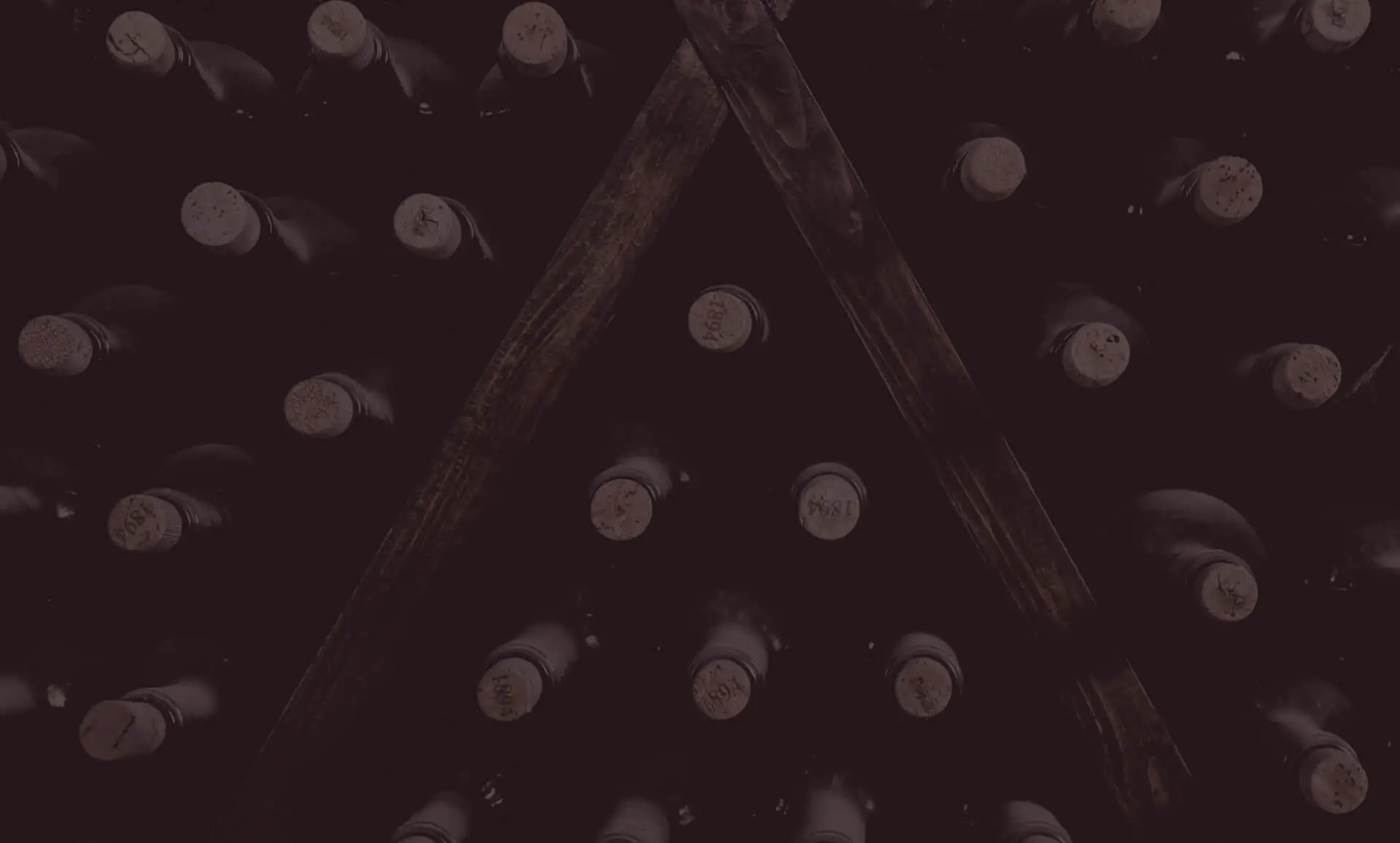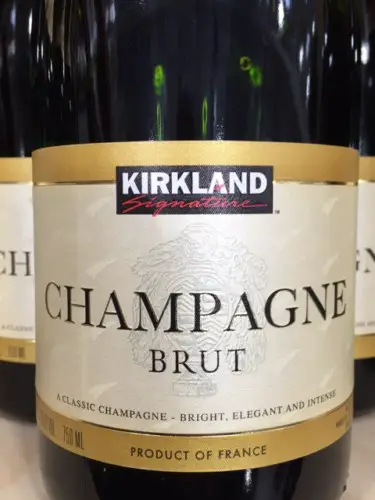
Wine Windows – My Winespill
As wine windows become popular again, let’s travel back to a time when ‘wine windows’ were used during the bubonic plague in Europe as a method of socially distanced wine selling. Wine producers passed the flask of wine through the wine window and they passed a metal pallet to collect the coins from their customers. They proceeded to disinfect the coins with vinegar before handling.
Papal Orders
During the 19th century, Cardinal Agostino Rivarola ordered the closing of all the taverns and bars that sold wine. The taverns were meeting places of the poorest members of the population to draft and join the revolution. However, by closing them, he was also damaging the monetary interests of the nobility, who produced wine on their estates.
Therefore, he created the ingenious method of allowing the noble families to continue to sell their wine honestly through the back doors of taverns which faced side or back streets rather than the main ones. These back doors contained a small opening or window for passing a bottle or glass of wine to the client who, once he had drunk his beverage, had to leave the premises.
The use of these wine-vending windows continued even after the taverns and bars re-opened, which occurred only a few months following the Cardinal’s edict. The noble families sold their wine at a slightly lower price than the taverns, and next to the wine windows it was sometimes possible to find a bench upon which to enjoy one’s purchase. Wine selling was most frequent in the evening, with the concomitant closure of other shops. Clients usually furnished their own flask or bottle for the beverage.
Buchette del Vino
There are many of the Buchette del Vinos in Italy, re-emerging after the Covid-19 pandemic. The establishments with existing bruchettes are re-opening to continue serving the public with minimal contact. They are a charming reminder of the past while being a functional passageway to continue their wine business.
From cocktails and wine to coffee and ice cream, some restaurants in the Italian city of Florence have reopened centuries-old ‘wine windows’ to serve customers during the Covid-19 pandemic. Restaurant Osteria Della Brache is one of those to have revived the tradition in 2020. It recently posted a photo of Instagram of its staff serving a takeaway Aperol Spritz through one of the small windows.
Knock twice then three times
Speakeasy
The speakeasy window is much the same as the illicit watering holes that sprang up in the 1920s when alcohol was banned in the U.S. during prohibition, were called speakeasies. Where you needed to tell the upstairs staff the secret password to gain access to a hidden door in the back of a restaurant, for a lively atmosphere serving drinks, refreshments and entertainment.
The modern speakeasy retains the clandestine nature of the original versions, minus the threat of a police raid. You may encounter the entrance hidden behind a false front bookcase. One push on the right spot takes you down to a tiny, wood-panelled room with a creative cocktail menu, craft brews and an impressive selection of whiskeys. The appeal being the hunt of these hard to find clubs and bars where you don’t have to dress the part, but you need to know where to look.
Elevate the whole experience to something, a bit more classy and memorable and use a classic marketing scheme known only by word of mouth.
After prohibition ended, fewer people needed a front door with a speakeasy window. As a result, the style dipped in popularity. These doors of heavy wood combined with a small cutout do contribute to a home’s security and privacy. Their vintage appeal has helped these doors make a comeback. Homeowners hoping to add vintage charm to their entryways now consider speakeasy doors.




